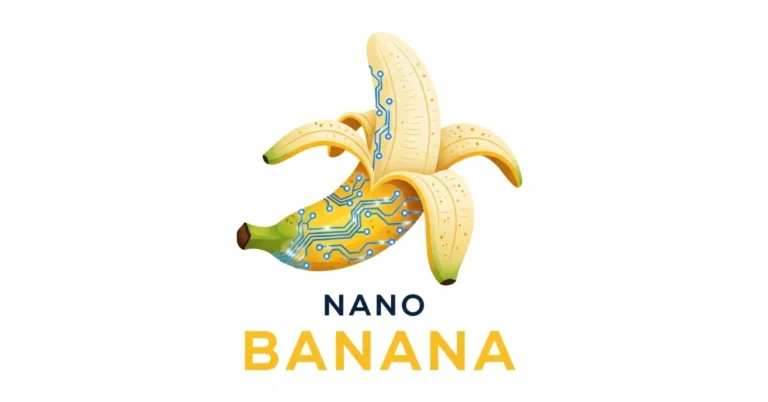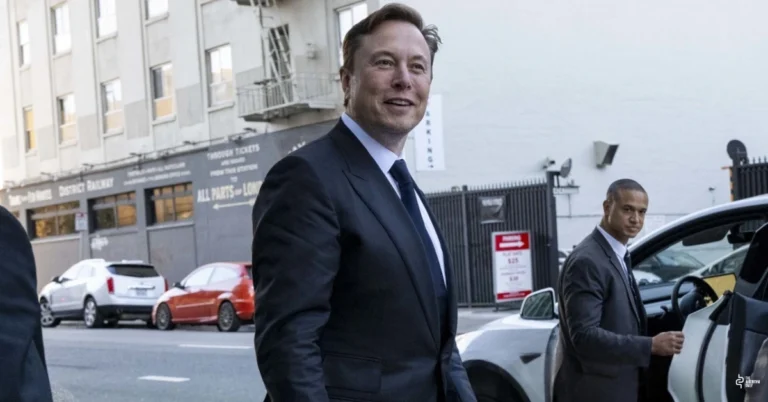ChatGPT, OpenAI’s AI chatbot, continues to redefine how people engage with artificial intelligence. Since its launch in November 2022, it has grown rapidly, with over 300 million weekly users by early 2025. What started as a tool for quick writing tasks has become a major digital platform, powering everything from coding to creative work and even voice-based conversations. (Source: Tech Crunch)
In 2024, OpenAI introduced several high-profile updates. This included GPT-4o, a powerful new model with voice and image generation features, and a partnership with Apple to power its AI features. OpenAI also launched its image-to-video model called Sora, and began experimenting with watermarking and advanced reasoning models. However, the company also faced internal upheavals and external pressure. Key figures like co-founder Ilya Sutskever left, and Elon Musk filed a lawsuit over OpenAI’s transition to a for-profit model.
The competition in the AI sector has intensified, particularly with Chinese companies like DeepSeek gaining momentum. OpenAI is responding by upgrading its models and planning a record-breaking funding round to support new data centres. It has also started building stronger ties with governments and expanding its enterprise tools, including agent-based AI assistants that automate business tasks.
Notably, OpenAI has introduced Flex processing for cheaper non-urgent tasks and rolled out new safeguards to prevent misuse of its tools for biological or chemical threats. It also launched a social media project and is updating its content policies, allowing for more image generation flexibility, which has drawn attention from regulators and rights holders.
Despite criticism and legal challenges, OpenAI’s revenue is expected to rise to over 12 billion dollars in 2025. With tools now embedded in education, coding platforms, and government services, ChatGPT’s influence on how people interact with technology is likely to keep growing.




